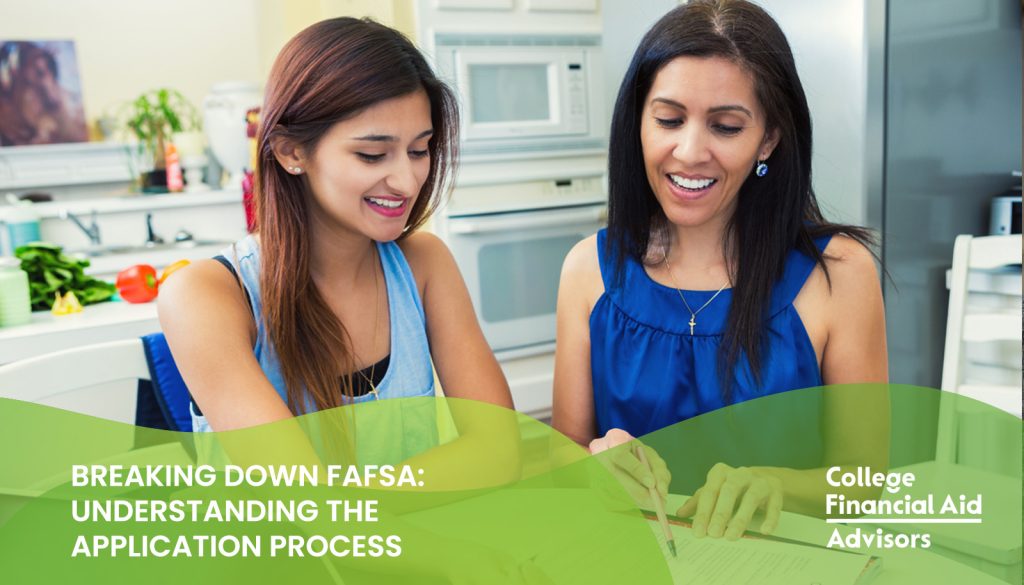The world of financial aid can be daunting, especially when it comes to understanding the Free Application for Federal Student Aid (FAFSA). This form is one of the most important for students and families to file, if not the most important form to be completed. The FAFSA is the way that students qualify for federal grants, loans, and work-study opportunities. All of these programs are designed to make higher education more accessible. The process can feel scary if you don’t know where to start, which is why today I’m breaking down the FAFSA so you can understand the application process more clearly.
Filing the FAFSA 101:
In the past, the FAFSA was available in the fall. But, due to recent changes in the form, this year’s FAFSA for the 2025-2026 school year will be available starting December 1st. It’s important to file this form accurately as soon as possible. Financial aid is first come, first serve in most cases – so you need to get your paperwork in as soon as you can.
Getting Started with the FAFSA
To get started, both students and parents of dependent students need an FSA ID to log onto the FAFSA site and electronically sign the application. Have materials you will need readily available before you start, so you won’t lose momentum each time you need a new piece of data. Gather Social Security numbers, driver’s license information, and income/investment information. They will be using the FUTURE Act Direct Data Exchange to gather information from your last tax return, but it won’t hurt to have the other information on hand.
Both the student and the parent or parents of dependent students must provide financial information. Be very sure you understand who can be listed as your parent for financial aid purposes. Again, accuracy really matters here – any edits you have to make after submission will delay your aid.
Have Your College List on Hand:
You will be asked which schools are to receive your FAFSA. Have your list of colleges available. You can include up to 20 schools. If you have more than twenty colleges, you can go back later and update your list. Most students won’t have more than 20, but it’s good to know!
Common FAFSA Missteps:
Some of the following common missteps can impact your final aid amounts. Here’s a few things to watch for:
- Not completing an application at all: Don’t put yourself out of the running by not even applying. Most people are eligible for some sort of aid – don’t assume anything!
- Proofing errors: Check your application carefully before sending it in. The name you use must exactly match the one on file with the Social Security Administration.
- Missing a deadline: There are several types of financial aid deadlines. Miss one and you could miss out.
- Paying a fee: Although you may want to pay someone to help you complete your application, there is no fee to file a FAFSA.
- Failure to sign: Use your FSA ID to electronically sign your FAFSA before submitting it online.
Completing the FAFSA is one of the most important steps in your college application process. Remember to file as soon as you can and be accurate in order to receive the best possible financial aid for the next step of your academic journey! Good luck!
More about Jodi and College Financial Aid Advisors
Jodi is a FAFSA financial advisor who helps with the financial aid process to help families of college students maximize their financial aid. From completing the FAFSA and completing the CSS Profile to reviewing the SAR, responding to requests for verification, comparing financial aid offers and understanding student loan options, Jodi is a fantastic resource when it comes to student financial aid. Schedule a 15 Minute Power Chat to learn more about finding ways to pay for college.

